There’s a slight chill in the air and fall is well upon us. On a lovely day, we might look outside to see the leaves are turning colors, but they’re also leaving piles all over the yard. Maybe you want to rake them into stacks for jumping and crunching through to let the kids have some fall fun and enjoyment, but what’s next when you’ve got pulverized tree bits making a mess everywhere?
Where to NOT leave the leaves
Despite the fact that leaves are biodegradable, if you simply leave them on the lawn, they can actually smother your grass and even promote the growth of mold and fungus as they get wet. They’ll have to be removed.
Raking leaves into the street is a popular disposal method that should really be ended. Unless your community has days where leaf vacuum trucks come to clean up the tree debris, you’ll just add to pollution. Namely, the leaves get washed into the sewer drains where they cause clogging. The leaves that make it into local waterways act as fertilizer for algae which then competes with aquatic life for oxygen. No bueno.
Turn Over a New Leaf
Leaves actually make fantastic mulch for trees, plant beds and garden plants. They help to insulate the plants and as the leaves break down, they can provide nutrients and warmth to the garden. You can use the mulch setting on most lawnmowers, and bag the mulch as you go. Composting leaves is a fantastic option for folks who want to condition and nourish the soil with a ready-made alternative to store-bought fertilizers. Fall to spring is usually enough time to have usable compost.
One technique, the lasagne method, is a low maintenance way of making compost, and results in a fluffy product. You’ll simply place cardboard over weeds, and water them until dripping. Then you place your leaves onto the cardboard. You might want to add yet more cardboard onto the leaves. Wet the “lasagne” down and leave it until spring. By then, you’ll have a soil ecosystem that will make any composter proud.
Of course, you can use a more traditional method to compost your leaves. Make a pile of leaves that is about six inches deep. Then you’ll add a layer of nitrogen rich material. Manure, vines or grass clippings, or even organic kitchen materials will work. You’ll keep the pile moist and turn it every two or three weeks. If the pile is turned a few times before spring arrives, the compost should be good to go.
Leafy Inspiration for Your Fall Decor
The changing leaves of fall can produce some of the most beautiful colors around, and with a little imagination, they can absolutely be part of your fall decor. You might want to stuff the prettiest leaves in glass jars or even a vase in a prominent spot on the front porch and be inspired by nature every time you take a look.
If your family enjoys scarier Halloween decor, the leaves make great stuffing for scarecrows, ghosts and other ghouls you can create from old clothes and fabrics. A number of stores even sell decorative trash bags that you fill with leaves, tie and leave on the porch or on the lawn until it’s time for winter decorations to take their place.
So until it’s time for snowflakes or winter themes, using the free and plentiful leaves can be a great way to enhance your soil, your decor, or anything else you can imagine.

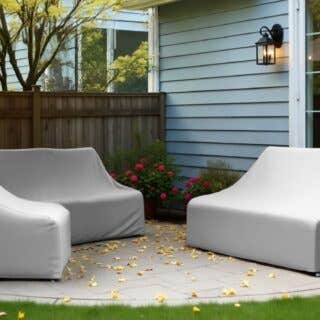




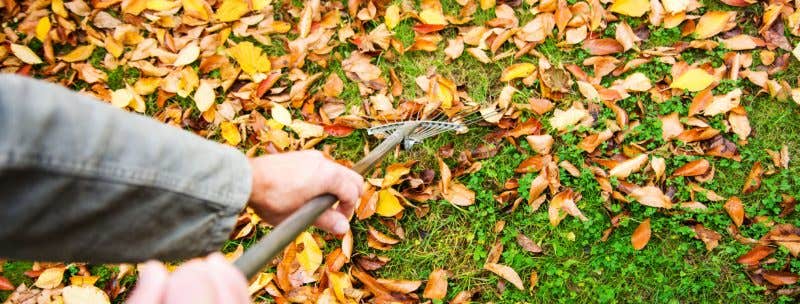

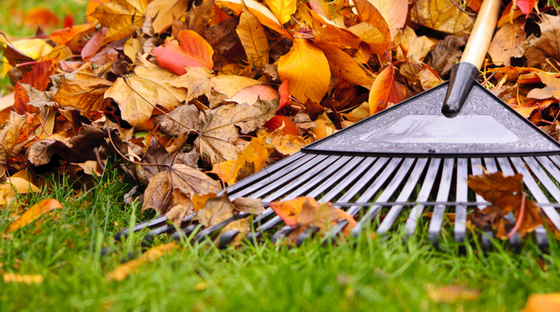


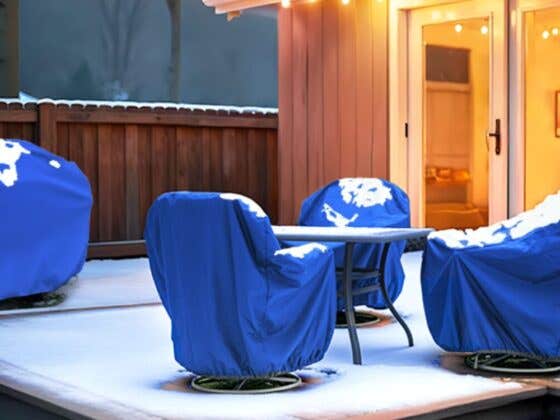
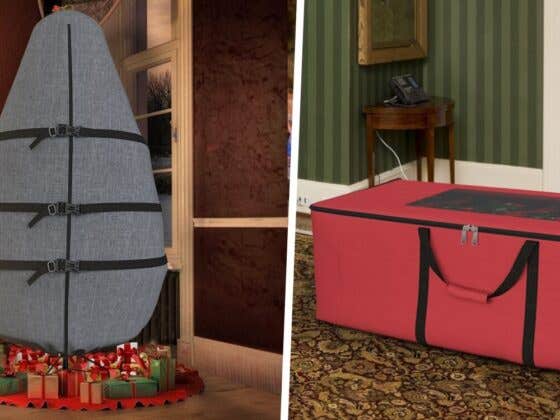

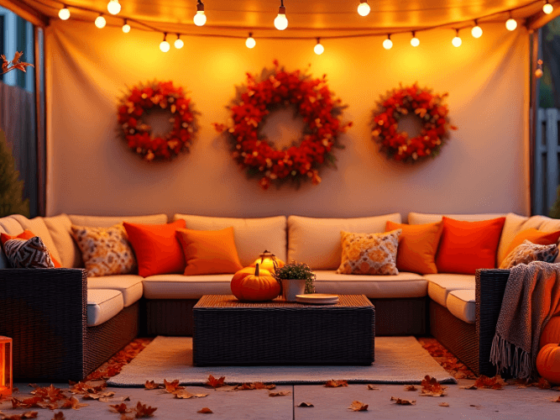
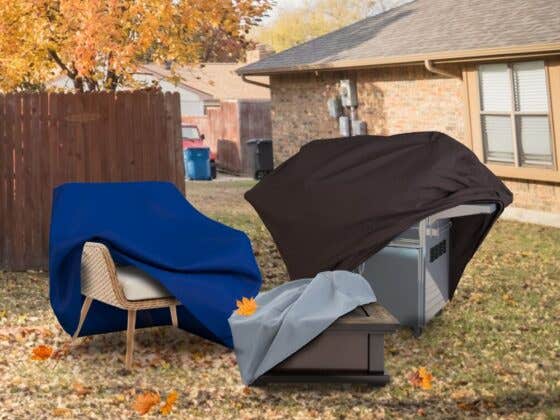

Recent Comments